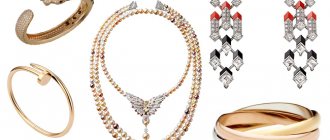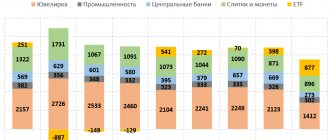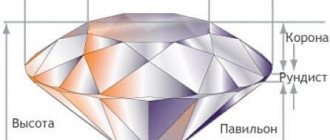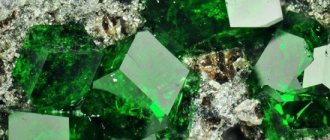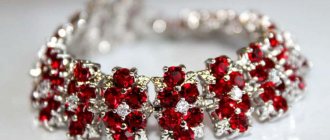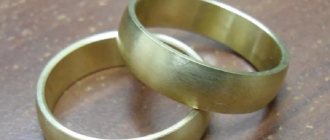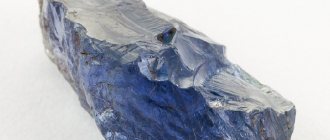Messika
“The energy inside a diamond can be compared to our energy during a dance, so I wanted to dedicate the new collection to it,” says founder and creative director of the Messika brand Valerie Messika. “Especially since after the pandemic we are learning to live, love, feel and dance again.” .
Previous photo
Messika, Pear Lover mono earring, white and yellow gold, yellow and colorless diamonds
Photo: Messika
Messika, Pear Lover necklace, white and yellow gold, yellow and colorless diamonds
Photo: Messika
Messika, Diamond Magnet bracelet, white and yellow gold, yellow and colorless diamonds
Photo: Messika
Messika, Dancing on Air mono earring, rose gold, diamonds
Photo: Messika
Messika, Pear Appeal earrings, yellow gold, yellow and colorless diamonds
Photo: Messika
Messika, Magnetic Love mono earring, rose gold, blue, pink and colorless diamonds
Photo: Messika
Next photo
1 / 6
Messika, Pear Lover mono earring, white and yellow gold, yellow and colorless diamonds
Photo: Messika
Messika, Pear Lover necklace, white and yellow gold, yellow and colorless diamonds
Photo: Messika
Messika, Diamond Magnet bracelet, white and yellow gold, yellow and colorless diamonds
Photo: Messika
Messika, Dancing on Air mono earring, rose gold, diamonds
Photo: Messika
Messika, Pear Appeal earrings, yellow gold, yellow and colorless diamonds
Photo: Messika
Messika, Magnetic Love mono earring, rose gold, blue, pink and colorless diamonds
Photo: Messika
The Magnetic Attraction collection has a total of 16 pieces of jewelry: single earrings, solitaire rings, choker necklaces, a gold bandeau on the head and bracelets on the wrist and ankle. Almost all items are built around unique yellow diamonds, which were found for Valerie by her father, the famous diamond dealer Andre Messika. The only exception is a mono earring with the rarest blue and pink diamonds. In a short presentation film and lookbook for the collection, all the jewels were worn by the Parisian dancer Fanny Sage, who created the movements and choreography especially for them.
De Beers
This year, due to coronavirus restrictions, De Beers showed its flagship collection Reflections of Nature in January remotely in film format. Six months later, jewelry with the rarest colored diamonds can finally be seen in person in Paris. The collection has been replenished with two new rings - with a unique 1.2 carat blue central diamond Ellesmere Treasure, named after the northernmost of Canada's Ellesmere Islands (its value exceeds €4 million), and with green diamonds of different shades - from emerald and deep fir to light green and pistachio - Okavango Grace, inspired by the reservoirs of the Okavango River in Botswana.
Previous photo
De Beers, The 1888 Master Diamonds ring, white gold, yellow and colorless diamonds
Photo: De Beers
De Beers, The 1888 Master Diamonds ring, white gold, diamonds
Photo: De Beers
De Beers, The 1888 Master Diamonds ring, white gold, diamonds
Photo: De Beers
De Beers, The 1888 Master Diamonds ring, white gold, diamonds
Photo: De Beers
Next photo
1 / 4
De Beers, The 1888 Master Diamonds ring, white gold, yellow and colorless diamonds
Photo: De Beers
De Beers, The 1888 Master Diamonds ring, white gold, diamonds
Photo: De Beers
De Beers, The 1888 Master Diamonds ring, white gold, diamonds
Photo: De Beers
De Beers, The 1888 Master Diamonds ring, white gold, diamonds
Photo: De Beers
De Beers also presented its new concept of responsible development in Paris. Now the origin of each of the large diamonds in the 1888 Master Diamonds collection (1888 is the year the company was founded) can be traced at every stage - from discovery and cutting and polishing to certification and ending up in a boutique window - thanks to the special Tracr application. For now, access to the application will only be available to buyers of solitaire rings with stones weighing 2 carats or more, but by 2030 De Beers promises to use it for all products. This is a small revolution in a business where the natural origin of diamonds is often questioned.
